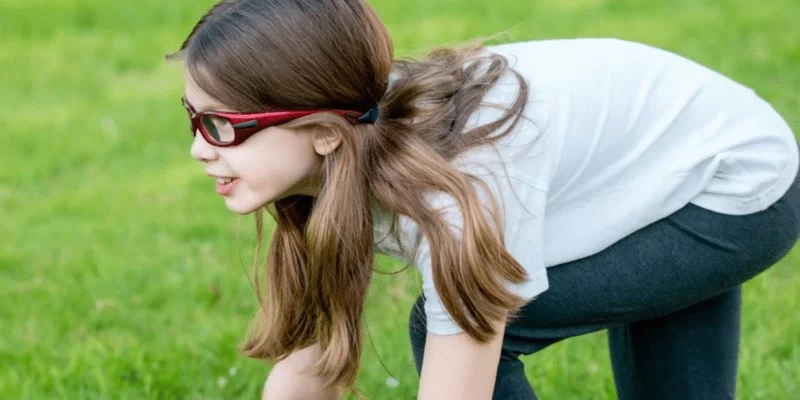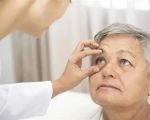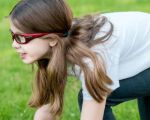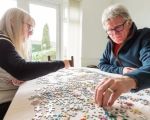
How to Prevent Eye Injuries in Children’s Play Areas
- understanding-common-eye-injuries-in-playgrounds
- environmental-design-and-equipment-safety
- adult-supervision-and-child-awareness
- protective-gear-and-safety-habits
- real-world-case-lessons-in-playground-eye-injuries
- why-eye-docs-helps-you-protect-your-childs-vision
1. Understanding Common Eye Injuries in Playgrounds
Children are naturally curious and energetic—traits that make playgrounds exciting but also potentially dangerous if not designed or used properly. The most common eye injuries in children’s play areas include corneal abrasions from sand or dust, blunt trauma from balls or swings, and even puncture wounds from sharp edges or broken toys.
These injuries might sound rare, but according to the American Academy of Ophthalmology, thousands of children visit emergency rooms each year due to playground-related eye trauma. Knowing the types of injuries that may occur is the first step in understanding how to prevent eye injuries in children’s play areas.
2. Environmental Design and Equipment Safety
2.1 Designing Safer Play Spaces
One of the most effective long-term strategies in preventing eye injuries is the thoughtful design of the play area itself. Rounded edges on equipment, shatterproof materials, and proper padding around risky areas (like monkey bars or climbing walls) can significantly reduce harm.
2.2 Safe Spacing and Maintenance
Crowded play zones increase the risk of kids running into one another. Ensuring that swings, slides, and climbing structures are adequately spaced and regularly maintained can help avoid collisions that lead to eye injuries. Always inspect playgrounds for broken pieces, protruding nails, or loose fittings before allowing children to play.
3. Adult Supervision and Child Awareness
3.1 The Role of Attentive Caregivers
No matter how safe the environment, the presence of a responsible adult remains critical. Children under the age of 10 especially require close monitoring while playing. Adults can spot unsafe behavior, redirect potential hazards, and intervene quickly if an accident occurs.
3.2 Teaching Kids to Play Safely
Educating children is just as important as supervising them. Kids should be taught to avoid throwing objects, to be mindful of other children’s space, and to stay away from high-risk zones when not using them. Simple, repeated reminders build lifelong habits that reinforce eye safety.
4. Protective Gear and Safety Habits
4.1 When and Where to Use Eye Protection
In high-risk environments—such as playgrounds with sports zones, sand pits, or wood chip surfacing—eye protection should be considered. Protective eyewear made for children is both lightweight and stylish, encouraging regular use without discomfort.
4.2 Reinforcing Good Habits
Help children develop habits like rubbing their eyes only with clean hands, avoiding dusty areas, and alerting an adult when they feel something in their eyes. Prevention doesn’t stop at the playground—it starts at home with safe behavior reinforced daily.
5. Real-World Case: Lessons in Playground Eye Injuries
Take the story of Max, a 7-year-old boy in Arizona who suffered a scratched cornea after another child threw mulch near the swing set. Fortunately, a nearby adult acted quickly, flushing the eye with clean water and seeking medical help, preventing further damage. Max’s parents later advocated for rubber mats instead of mulch in their local playground, helping prevent similar incidents.
These real-world situations remind us that vigilance, awareness, and education are key components in understanding how to prevent eye injuries in children’s play areas.
6. Why Eye Docs Helps You Protect Your Child’s Vision
At Eye Docs, we understand how precious your child’s vision is. That’s why we provide access to top-quality child-safe eyewear, emergency kits, and expert guidance on eye injury prevention. Whether you're choosing the right playground or the best protective goggles, our team is here to ensure every child plays safely.
Investing in your child’s eye health today can prevent a lifetime of problems tomorrow. For parents looking for the best ways to protect young eyes, Eye Docs is your trusted partner in safety, wellness, and education.








